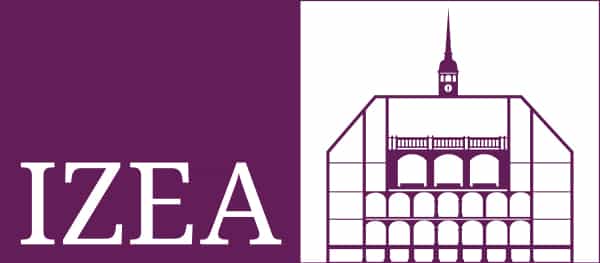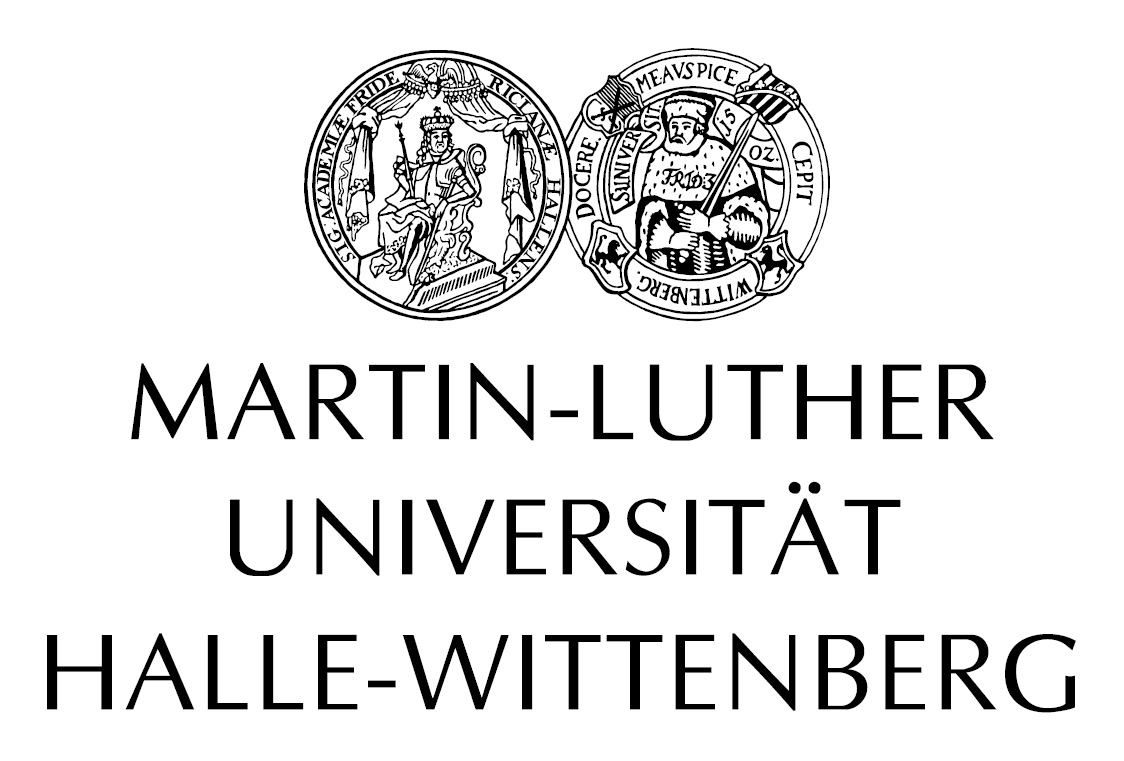Machine translation available:
Multilingualism in the Enlightenment
Does a multilingual person possess various personalities? This is one of the questions the contemporary writer Yoko Tawada asks in her collection akzentfrei, which has not been translated into English thus far. Tawada answers the question negatively. A multilingual person is not a stall – but rather a net (cf. Tawada 30). The metaphor of the net allows Tawada to express a dynamic self that continuously changes its structure and being. As a multilingual person myself, I find this metaphor very fitting, given that it expresses a constantly changing process and reflects the nature of language acquisition, the process of lingual oblivion and learning. I also find it appropriate as a literary scholar, especially keeping in mind that texts and fabrics are etymologically linked. A text is, as Roland Barthes reminds us, a “tissue de citations” (65), even more so if it contains more than one language. The metaphor of the “multilingual net” (Tawada 30) helps me understand the lives and writings of female authors of the 18th century, on which I am currently working. The net expresses how they were connected to each other, how they exchanged – multilingual letters –, how they constantly improved in their learning of languages, but also how they were somehow trapped.
Women had to overcome obstacles to publish their writings. This changed dramatically after the French Revolution (Hesse 42). Translations in particular opened a gate to female writers, who often changed the translated texts significantly, inscribing their own thoughts into the texts (cf. for instance Sanmann).

One of the most striking examples, is the Portuguese-born writer Leonor de Almeida (1750–1839), who was literally trapped. After her grandparents were condemned to death for taking part in an attempt on the king’s life, she was forced to spend eighteen years imprisoned in Chelas, a convent is Lisbon. Leonor de Almeida later became the wife of Karl-August von Oeynhausen-Gravenburg and the Marchioness of Alorna. She spoke Italian, French, Spanish, German, Latin, and English, lived in Vienna, Avignon and London (cf. on her biography Anastácio).
But I would like to go back to her days in the prison of Chelas, which were not less shaped by various languages and a cosmopolitan existence. In those days, she exchanged letters with her father and with her intimate friend Teresa de Mello Breyner. In those letters Leonor de Almeida shows what is, in my understanding, multilingualism in the Enlightenment. The translator of Martin Wieland and Alexander Pope not only reflects on her lectures on German and English literature, but also mixes phrases in Italian, French, and Latin into her Portuguese. Leonor de Almeida literally lived in a net of various languages, built by her books. Her multilingualism was an opportunity to learn about Enlightenment literature, while being held in a convent at the margins of this pan-European movement.
One of my favorite letters is a small billet her intimate friend Teresa de Mello Breyner sent her in French. Was her choice of French a way to exclude other eyes? Was it a way to practice and experiment with language?
“Sádado 2 pela manhã
Bonjour ma tres cher coment vous portez vous? Moi, je suis toute pleine de votre amitie toute occupée de votre souvenir; craignant toujours pour votre santé soupirant par votre presence… ah mon Dieu! Quand jouirais je de cette aimable presence? Dittes moi un peu si vous voulez que je adresse mes letres a une un autre dans ce couvent; mais pour ne point facher ma Tente, je enverrai toujour un petit billet sous son dessout. Pardonnez moi cette chienne d’ecriture, je vois bien que tout ceci ce sont des jargons; mais ma plume a voulu un peu jargonner, e je l’ai laissé courir la bride au cou.”
(Teresa de Mello Breyner. Letter to Leonor de Almeida, Cartas de Lília a Tirse 23)
The spelling in French is not impeccable and Portuguese seems to interfere at some points (given that she writes ‘e’ instead of ‘et’). Teresa de Mello Breyner apologizes for her letter, in which she just wanted to “jargonner” a bit, run along with her pen. Multilingualism worked, as I believe, as empowerment for female authors. As examples such as the French author Anne-Marie du Boccage show, many female writers only started to publish their own texts after gaining a certain status as translators.
In his essay Extraterritorial, George Steiner describes the “house of words” (7) built by authors like Vladimir Nabokov, who were exiled and had to develop a new literary belonging in languages that were not their mother tongue. Reading texts by female authors like the Leonor de Almeida, I also think about these other multilingual existences and compare them to one another. Literature and theory on translingualism focus too strongly on the 20th century, overlooking practices of multilingualism in the Enlightenment. Going back to the short letter Leonor de Almeida received from her friend Teresa, I cannot help but wonder – did female authors in the 18th century build solid houses of words for themselves, or enclosed nets?
See the works by Leonor de Almeida at the National Library in Lisbon http://purl.pt/172/3/
Marília Jöhnk is a research associate at Goethe-University Frankfurt. Her postdoctoral project focuses on multilingualism and female authorship in 18th century Europe (Spain, Portugal, France). For further information on her research: https://marilia-joehnk.de/forschung/
Bibliography
Alorna, Leonor de Almeida. Cartas de Lília e Tirse. 1771–1777, edited by Vanda Anastácio, Colibri, 2007.
Anastácio, Vanda. “Women Writers in an International Context: Was the Marchioness of Alorna (1750–1839) Cosmopolitan?” Cosmopolitanism of the Portuguese-speaking World, edited by Francisco Bethencourt, BRILL, 2018, pp. 132–143.
Barthes, Roland. “La mort de l’auteur”. Le Bruissement de la langue, Seuil, 1984, pp. 61–67.
Bolufer Peruga, Mónica. La vida y la escritura en el siglo XVIII. Inés Joyes: Apologiá de las mujeres, Universitat de València, 2008.
Hesse, Carla Alison. The Other Enlightenment. How French Women Became Modern, PUP, 2001.
Marqueza d’Alorna. Obras Poeticas, vol. 2, Imprensa Nacional, 1844.
Marquesa de Alorna. Inéditos. Cartas e outros escritos, edited by Hernâni Cidade, Livraria Sá da Costa, 1941.
Sanmann, Angela. “Die andere Kreativität. Tendenzen weiblicher Übersetzungspraxis um 1800 am Beispiel Meta Forkel-Liebeskind und Caroline Wuiet.” Kreative Praktiken des literarischen Übersetzens um 1800. Übersetzungshistorische und literaturwissenschaftliche Studien, edited by Alexander Nebrig and Daniele Vecchiato, De Gruyter, 2019, pp. 237–257.
Sanmann, Angela. “Weltbürgerin (invisible): Déguisement et diversion chez Fanny de Beauharnais et Sophie von La Roche.” FÉMIN|IN|VISIBLE. Women Authors of the Enlightenment. Übersetzen, schreiben, vermitteln, edited by Angela Sanmann et al., Centre de Traduction Littéraire de Lausanne, 2018, pp. 125–146.
Steiner, George. “Extraterritorial.” Extraterritorial. Papers on Literature and the Language Revolution, Faber and Faber, 1972, pp. 3–11.
Tawada, Yōko. “Schreiben im Netz der Sprachen”. akzentfrei, konkursbuch Verlag Claudia Gehrke, 2016, pp. 29–40.
Image credits:
Dona Leonor de Almeida Portugal, 4th Marquesa de Alorna (1750-1839), Fundação das Casas de Fronteira e Alorna (https://fronteira-alorna.pt/cultura/), photographer: Jorge Maio.


